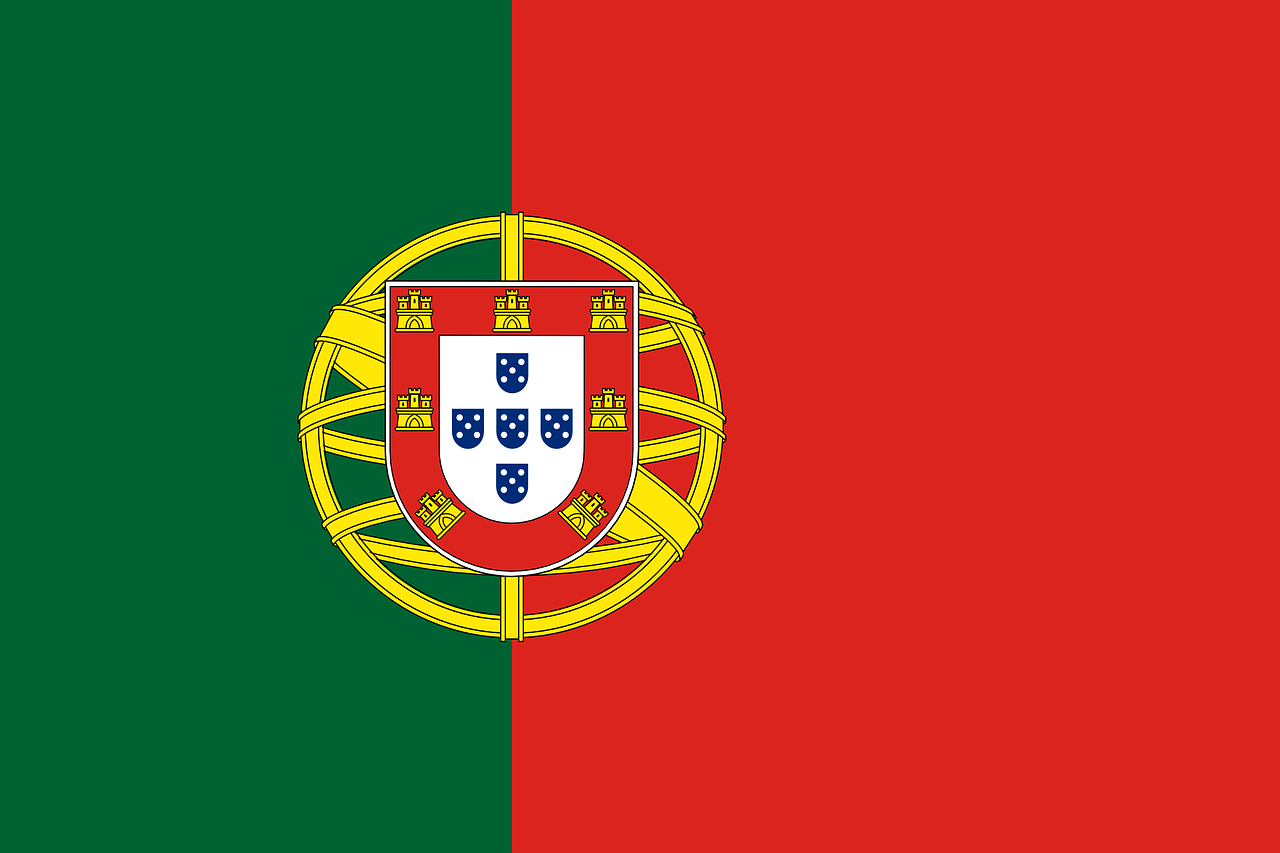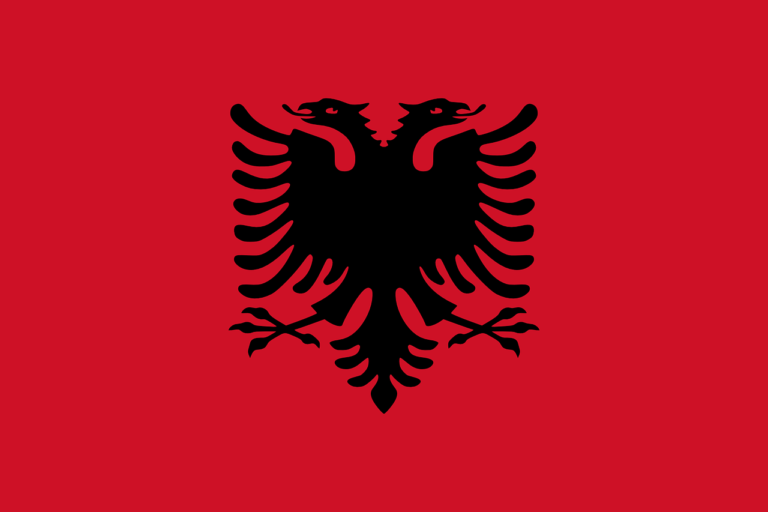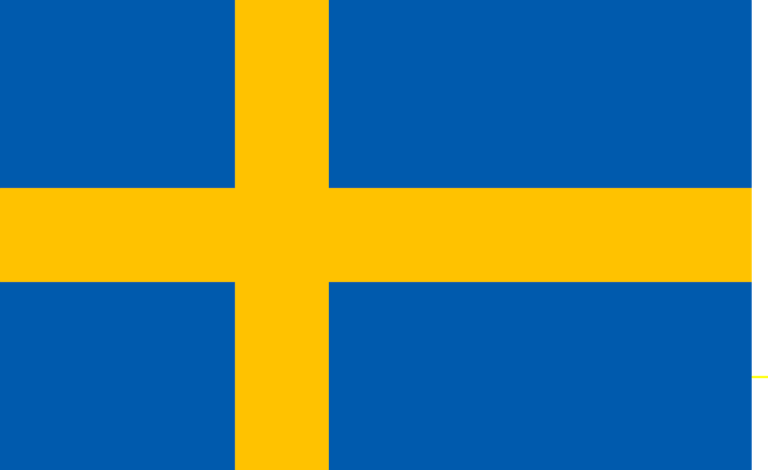Flags are powerful symbols that encapsulate the identity and values of a nation, and the national flag of Portugal, with its distinctive green and red design, holds deep historical and cultural significance. In this blog post, we will delve into the captivating story behind the Portuguese national flag, tracing its origins, symbolism, historical significance, and its enduring importance in contemporary Portugal.
Origins and Evolution:
The Portuguese national flag, commonly known as “A Bandeira das Quinas,” features a vertical stripe of green on the hoist side, with the remaining area divided into two vertical stripes of red. The flag dates back to the early 12th century, originating from the medieval coat of arms of Portugal. Over time, the flag evolved, with modifications in its design and the addition of national symbols.
Symbolism and Meaning:
The colors and symbols of the Portuguese national flag hold deep symbolism. The green represents hope, representing the lively landscapes of Portugal. The red symbolizes courage, vigor, and bloodshed by the Portuguese people in their quest for independence and national unity. The five blue shields, known as “quinas,” feature silver circles and represent the shields of Portugal’s first king, Afonso Henriques, symbolizing the bravery and historical legacy of the Portuguese nation.
Historical Significance:
The Portuguese national flag has witnessed significant historical moments in Portugal’s past. It represents the country’s rich maritime history and the Age of Discovery, when Portuguese explorers embarked on ambitious voyages of exploration and colonization. The flag became a symbol of Portugal’s imperial power and global influence during this period, as well as a reminder of the nation’s achievements and contributions to world history.
Contemporary Importance and National Identity:
In contemporary Portugal, the national flag holds great importance. It serves as a symbol of national pride, unity, and cultural heritage. The flag is prominently displayed during national holidays, such as Portugal Day on June 10th, and other significant events, including sporting competitions and official ceremonies. The flag represents the shared values, traditions, and achievements of the Portuguese people.
The Portuguese national flag plays a vital role in shaping the national identity of Portugal. It serves as a reminder of the country’s historical legacy, the spirit of exploration and innovation, and the resilience of the Portuguese people. The flag fosters a sense of belonging and unity, connecting the diverse regions and communities that makeup Portugal.
International Recognition and Influence:
The Portuguese national flag is recognized internationally, representing Portugal’s global presence and cultural influence. It is proudly flown at Portuguese embassies and consulates worldwide, symbolizing the country’s diplomatic relations and commitment to international cooperation. The flag has also influenced Portuguese art, literature, and fashion, becoming an iconic symbol of Portuguese identity and style.
The Portuguese national flag, with its vibrant green and red design and the emblematic quinas, encapsulates the spirit of exploration, tradition, and national pride. It represents Portugal’s rich history, cultural heritage, and achievements as a maritime nation. The flag serves as a powerful symbol of unity, fostering a sense of belonging among the Portuguese people and connecting them to their shared past and future aspirations. As Portugal continues to evolve, the national flag will remain an enduring emblem, representing the country’s unique identity and its place in the global community.






